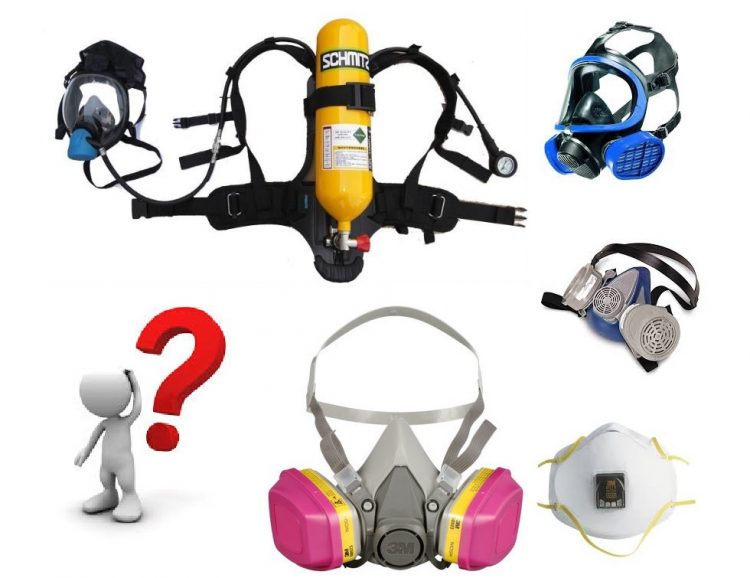In this blog post, we will discuss one important type of personal protective equipment (PPE): respirators. What types of respirators are appropriate for general cleaning, dusting, mold remediation, and especially asbestos removal? We will review N-, R-, and P-series respirators and cartridges (filters).
But first, a few general observations about PPE. There are several ways our bodies absorb harmful chemicals and microorganisms: through inhalation, mucous (eyes, nose, mouth), ingestion, and the skin. The skin is actually the largest organ in the human body, and a rapid absorber of liquid. In a mere 26 seconds, a harmful chemical can be absorbed by the skin and passed into our bloodstream. This—and the fact that one can never know the level of contamination upon entering a building or clean-up site—is why it’s so critical to protect yourself with the proper PPE.
Respirators are used to protect workers from possible inhalation of microorganisms, as well as chemicals or other substances that are used during the remediation or cleaning process. Factors such as exposure time, types of contamination, and the types of chemicals used inform the selection of respirators. OSHA categorizes respirators by efficiency levels of 95 percent, 99 percent, and 99.9 percent.
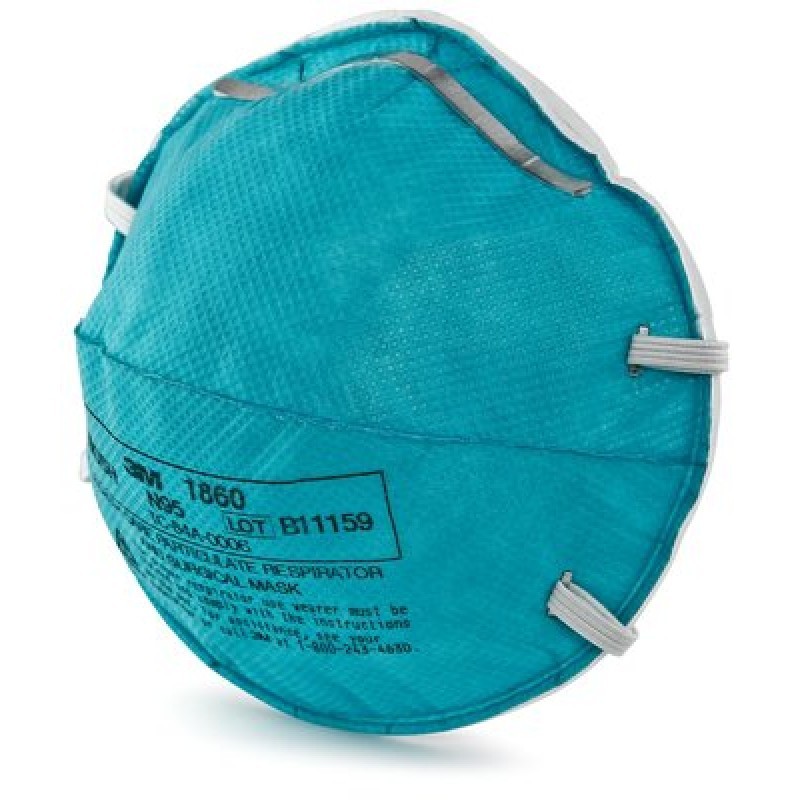
The N95 is the most common respirator; it filters at least 95 percent of airborne particles and has been approved by the Food and Drug Administration (FDA) as a surgical mask. The N-series also includes N99 and N100 efficiency levels, but none of the N-series respirators is resistant to oil.
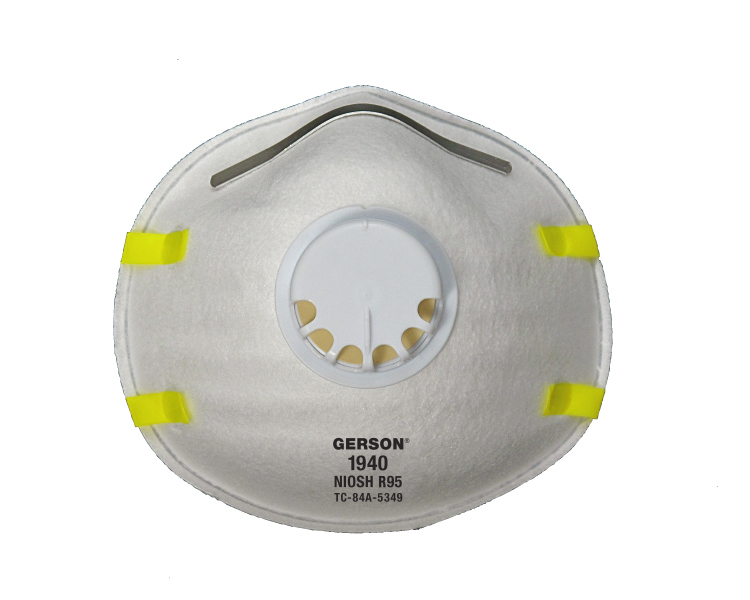
The R-series respirator can be used for any solid or liquid airborne particulate hazards. It is resistant to oil and can filter out oil-based liquid aerosol. The R-series respirator should not be used for more than eight continuous hours (longer use is possible only if the workplace setting doesn’t affect the efficiency of the respirator). R95 respirators have at least a 95 percent efficiency level.
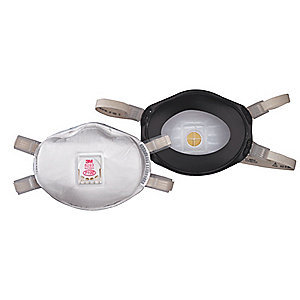
P-series respirators are oil resistant and can be used in areas with oil contamination. Unlike the R-series, the P-series respirators have a longer service life (40 hours or 30 days of use, whichever comes first). P100 respirator filters block at least 99.97 percent of airborne particles, and are commonly used to filter out fungal and bacterial spores, dust, and other particles.
Respirators range from disposable N95 face pieces to reusable full-face air-purifying respirators (APR), powered air-purifying respirators (PAPR) equipped with P100 HEPA filters, and self-contained breathing apparatus (SCBA).
Special cartridges are available for use with jobs that require exposure to gases or vapors. Organic vapor cartridges protect against microbial volatile organic compounds (MVOCs), certain chemicals used when working with sewage contamination, and other chemical compounds used in microbiological remediation projects (such as work involving decaying flesh).
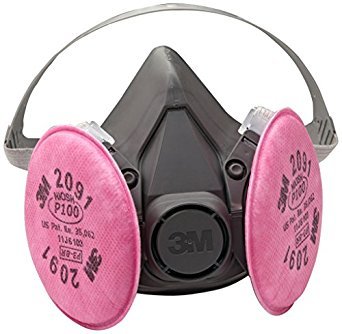
The 3M 6001 Organic Vapor Cartridges are an example of this type of cartridge. They contain activated charcoal, which absorbs strong smells (like rotting flesh). For shorter exposures, a respirator like the Moldex N95 2400 mask is sufficient (ideal for exposures of less than an hour). Another option is the 3M 7500 Series half-face respirator mask, which is suitable for multiple projects and extended periods of time.
Cartridges are also available for use with acid gases, formaldehyde, and ammonia. Respirator cartridges and filters are color coded according to the contaminant being removed. For example, black is for organic vapors described above, yellow is for acid gases, white is for formaldehyde, green is for ammonia, and magenta is for particulates, such as mold and asbestos (P100 HEPA).
To be effective, respirators must fit correctly and provide a proper seal to the face. To determine the correct fit, workers are advised to use a fit test kit, such as the 3M FT-10 Saccharin Respirator Fit Test. It’s important to note that facial hair interferes with the fit of a respirator; if you can’t forego a beard, a supplied air system is recommended (such as the 3M PAPR system).

